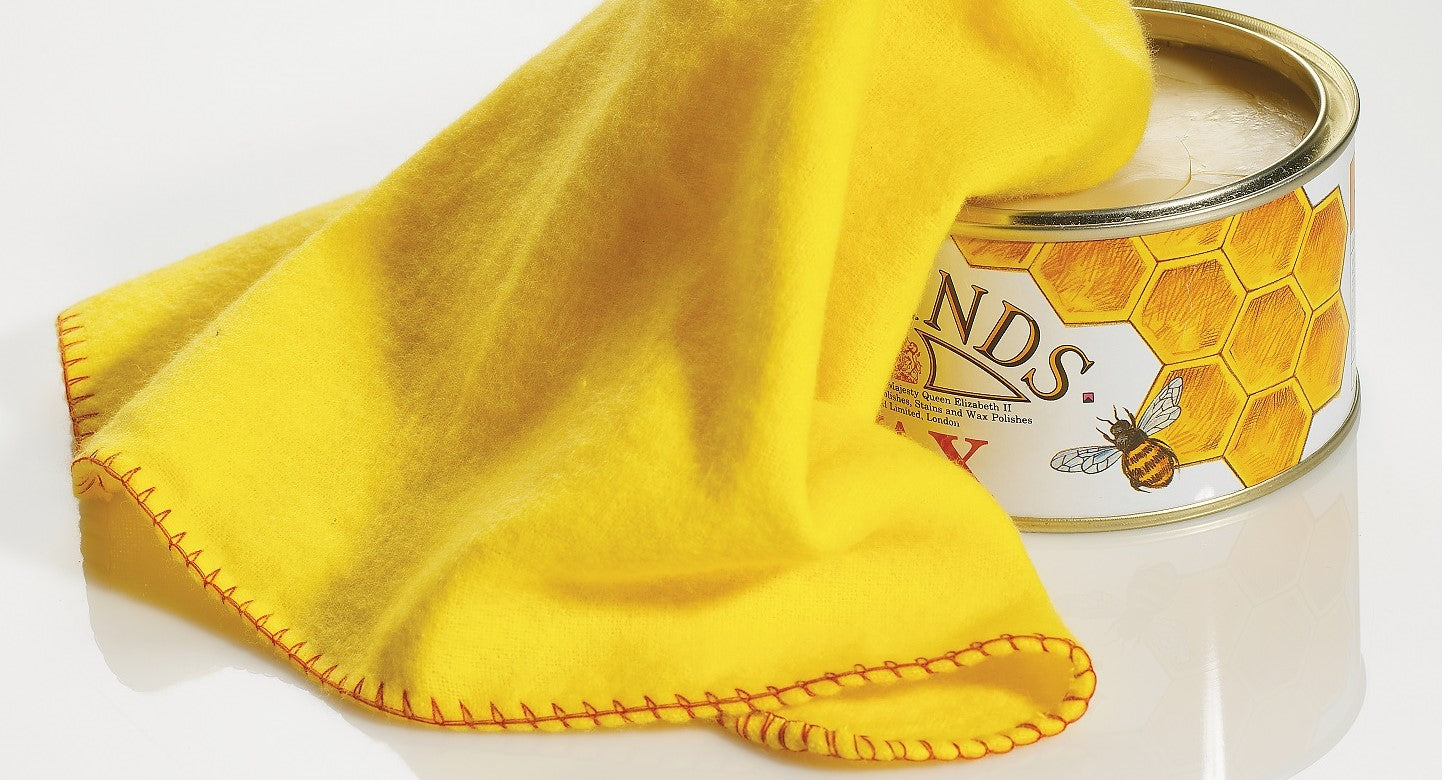 Conditions for your furniture
Conditions for your furnitureOur reproduction furniture ranges are made from a variety of local woods that include Chinese elm, poplar and pine. As with any solid wood furniture, rapid changes in temperature and humidity can cause some shrinkage or movement within a piece, particularly over the first few months as your furniture settles into its new home. Although our use of well seasoned and kiln dried wood helps to reduce the likelihood, in some rare cases this movement can cause some cracking or splitting at the joins of a piece. This can also occur in antique furniture when placed in a new environment - particularly one with large fluctuations in room temperature and humidity.
In order to minimise the risk of your furniture developing any cracks, we would recommend that you avoid placing your furniture too close to radiators, fireplaces or other heat sources. Do not place your furniture in direct sunlight as this can lead both to shrinkage and to fading of the furniture’s colour.
A humidifier can be used to prevent furniture from drying too quickly. A less expensive option is to place a glass or jar of water inside a cabinet or chest. This can help to maintain a higher level of humidity and so prevent shrinkage.
Cleaning your furniture
Your furniture should need little cleaning other than the regular use of a dry, soft cloth or duster. To remove any stains, use a dry or slightly damp cloth. Avoid the use of too much water as this will affect the surface. Frequent waxing should not be needed but can be carried out every couple of months using a good quality natural beeswax. Do not use the cheaper spray-on wax as this may affect the colour of the lacquer. Never use any abrasive cleaning products or chemicals.
Protecting your furniture
Note that the lacquer used on most of our classical furniture is not heavy, allowing the natural grain of the wood to show through. This can make it liable to scratching if good care is not taken. We would therefore recommend that you do not place items such as lamps and ornaments directly onto the surface of the furniture unless they have a soft, padded base. Instead use soft mats or fabrics on top of the furniture to protect the surface from scratching.
For further advice about caring for your furniture, please feel free to contact us.




